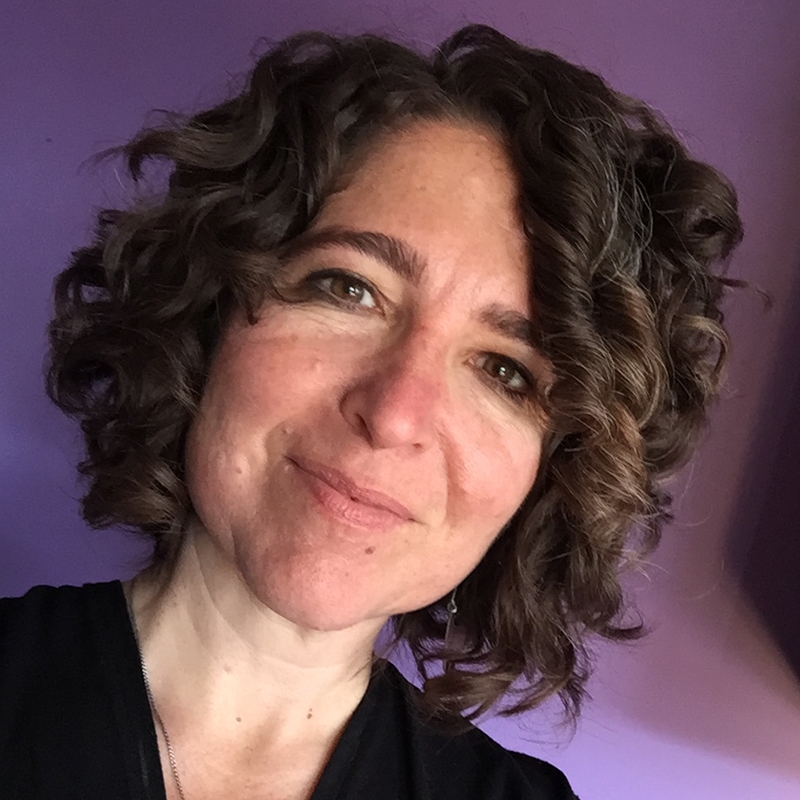Rebecca Tiger Finds Teaching Prison Inmates Comes with Rewards, Surprises

RT: I’m on sabbatical in 2018–2019, so my hope is to offer the course in winter term 2020. There are still logistical challenges. While the superintendent of Marble Valley Correctional Facility was pleased with the success of the course I taught, bringing Middlebury students in regularly adds a level of complication to a closed and locked institution. I am working with the community high school educator to draft a proposal for an Inside-Out course that would have to be approved by the Vermont Department of Corrections before we could proceed. I am also looking for funds to support the cost of this course on an ongoing basis. My hope is for this course to be a regular part of the education curriculum in the jail and at Middlebury.
My broader goal is to start a Prison Education Program at Middlebury that offers a variety of programming at the jail. This would include Inside-Out courses, if approved. I am also pursuing possible connections with the Bread Loaf campus to offer readings in the jail by visiting writers as well as writing workshops for inmates.
Q: How common is it for colleges and universities to offer courses to prisoners, or prisoners and students?
RT: It’s hard to quantify exactly because there’s no central database and the programs differ in size. Hundreds of colleges do offer some kind of education in prison ranging from reading groups to individual classes to undergraduate and graduate degree-granting programs. Most of our peer institutions already offer courses in prisons, including Amherst, Bard, Bennington, Swarthmore, Vassar, and other liberal arts colleges where prison education is a robust and ongoing part of the curriculum that receives strong administrative support.
Q: What is the general trend in prison education—are these programs being cut or expanded?
RT: Prison education always faces challenges. The obvious one is: why should we put resources toward people who have committed crimes? When cutting education budgets, inmates aren’t necessarily a population around which society has much sympathy or concern so it’s easy to remove educational resources from them. But, there is a growing national conversation about the importance of prison education and media sources, such as the New York Times, regularly write editorials in support of it.
One emerging and interesting challenge is about who in prison deserves education. Some argue that the benefit of prison education is that it reduces recidivism. The US currently has over 100,000 people serving “death in prison” sentences: they will never leave prison. The conversation about why these people should have access to education challenges narratives that tie its utility to what people do when they are released. In a way, the conversation about the purpose of education for those who won’t get out dovetails with current conversations about the purpose of the liberal arts–do we have to tie our educational goals to specific outcomes or can we imagine that education and cultivating the life of the mind is its own benefit and a fundamental human right?
Q: Has the course had any overall effect on your teaching?
RT: The course at Marble Valley concluded at the start of February so I’m not sure yet about its effects on my teaching. I do talk about the experience with students in my Sociology of Punishment senior seminar. The course really showed me that you don’t need the ideal or perfect classroom conditions for good teaching and learning to occur. I taught men in an institution that is structurally designed to punish. The purpose of prison is to cause pain through the loss of liberty. But even in that environment, often chaotic and loud, surrounded by surveillance cameras and guards, we could learn. I can’t say how this discovery has affected my teaching, but it was transformative for me, so I’m sure it has.

